What You Need to Know When Buying Wireless Headphones
Join Fc-Construct as he discusses what makes wireless headphones unique compared to wired ones. Learn what matters for sound quality and wireless features to make informed buying decisions.
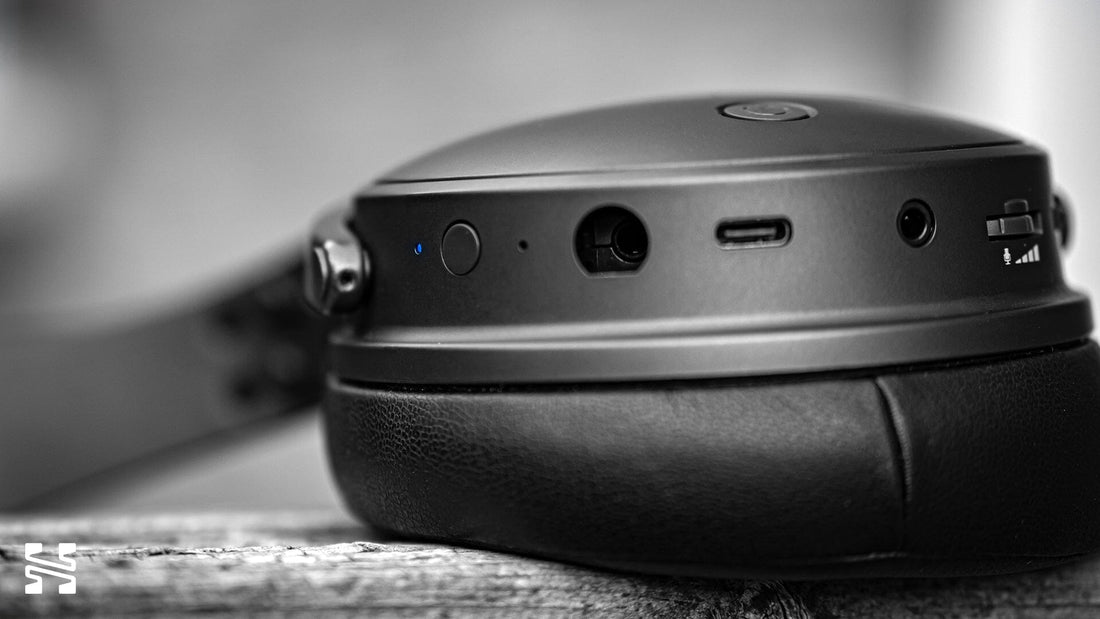
Introduction
Wireless headphones and earbuds represent a unique crossroads in the portable audio hobby. What was once a singular focus on sound quality has expanded to include wireless technologies and a variety of software and hardware features that have no equivalent in traditional audio equipment.
This is because wireless headphones are effectively two different products in one: a headphone and a tech gadget. Unfortunately, this meant that audio companies didn’t know how to implement wireless systems while tech companies had no experience in making good sounding headphones. Although both audio and tech companies have come a long way in bridging this gap, it still exists today.
Admittedly, it’s not just manufacturers that face this challenge. The traditional audiophile style of headphones and in-ear monitor reviews fail to account for the wireless technologies that meaningfully affect the listening experience. Conversely, tech reviewers dive into great detail over new features but spend half a sentence on sound quality.
As such, this guide will help you understand what truly matters when choosing wireless headphones or earbuds, whether you're evaluating products yourself or reading someone’s review. We'll examine what matters for sound quality, which wireless technologies are most important, and how quality-of-life features can make a big difference in the overall experience. Finally, we’ll close with some practical considerations that make buying wireless headphones different from wired ones.
Table of Contents
Sound Quality - The Importance of Tonality
If you’re new to the headphone hobby, I’m going to let you in on a secret: the primary indicator of sound quality of a headphone can be objectively* measured. This is what’s known as a frequency response graph, and it tells us, in broad terms, the tonality of a headphone.
Tonality is the perception of the overall sound balance of the headphone. Whether or not it sounds bassy or bright. Warm or thin. This is also referred to as the tuning of a headphone. Preference research has shown that tonality is the greatest predictor if someone will like the sound of a headphone, and that a balanced tonality is the most preferred. But what you will like is something you’ll have to find out.
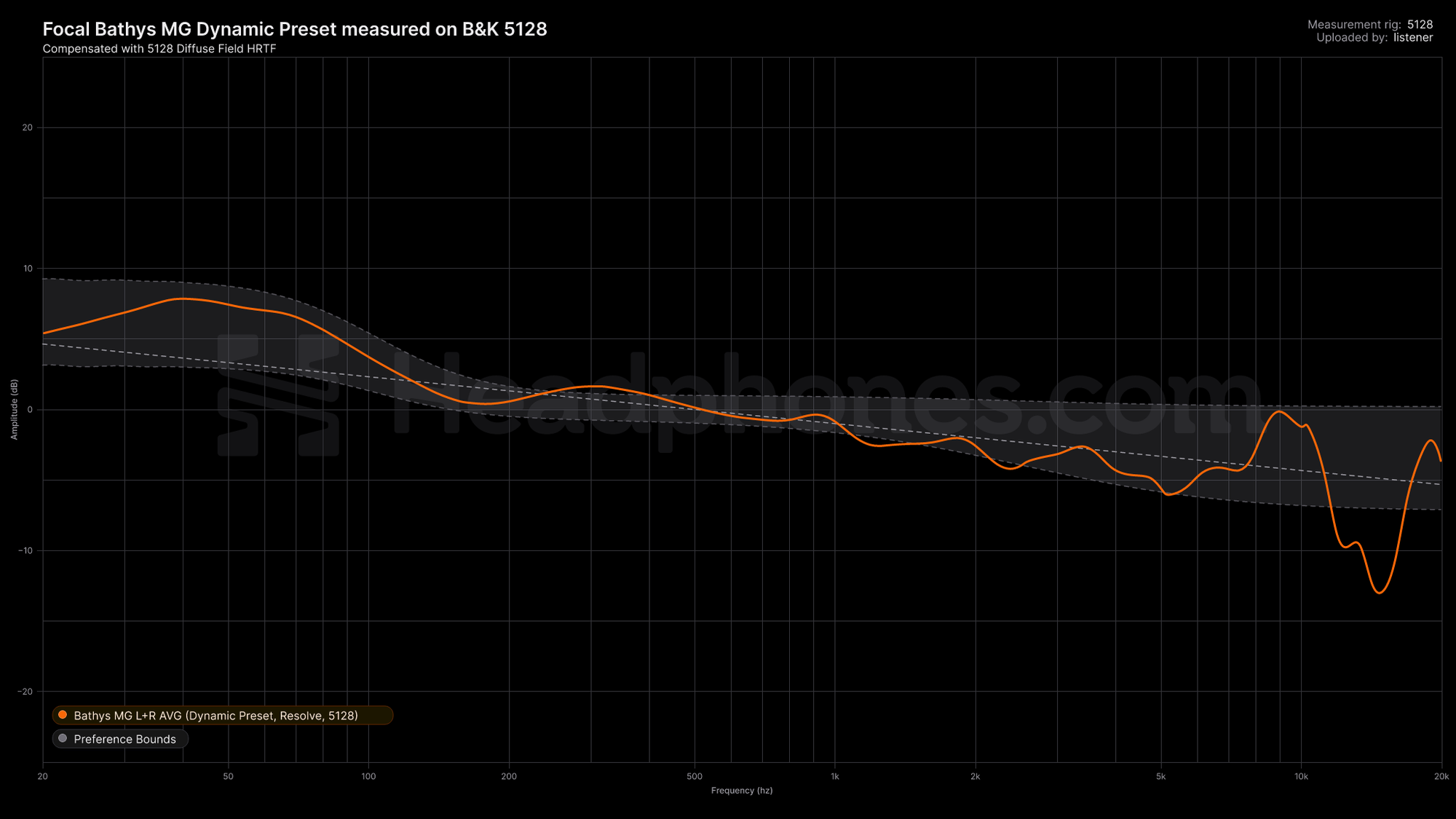
Frequency response graph of the Focal Bathys MG on the Dynamic preset. From this graph, we could say that the Bathys is a bassy headphone with a relaxed midrange and a touch of treble presence.
Of course, there are other ways to describe sound quality. Terms you may have heard such as soundstage or resolution. These are colloquially referred to as “technicalities” of a headphone. But more accurately, these are perceived technicalities - subjective interpretations of sound quality that aren’t easily understood from a frequency response graph. It's these perceived technicalities that many in the audiophile hobby pursue. Sometimes moreso than tonality.
With all of that said, when you look at a headphone review for sound quality, either wired or wireless, the first thing to look for is its tonality to see if it’s one that you prefer. Every audio review will ideally devote a section to discussing it. Even better is if you can find a review with a frequency response graph so you can interpret it for yourself. Don’t worry if you don’t know how to do that - it takes quite a bit of experience. Here’s a video to help you get started in understanding how to read them.
Note: While measurements are objective, they aren’t perfect. There are a few ways in which measurements may be misleading, so be careful not to take any single frequency response graph too seriously!
Fundamental Features - Wireless Performance
As mentioned, what makes wireless headphones different from wired ones is, of course, the wireless system they’re built on. There are many, many different features these systems can have. To make things simple, here’s a list of fundamental features I check to see if the wireless experience is any good:
-
Wireless Stability: How stable is the wireless connection? Most wireless devices use Bluetooth, but they aren’t all the same. If your signal is cutting in and out all the time, or if you hear weird sounds or artifacts in your music as the connection attempts to compensate for instability, you’re going to have a bad time.
-
Floor Noise: Is there any background noise or hissing when connected? The best wireless products will have little to no hissing.
-
Latency: Is there any lag when operating the device? Does it feel sluggish when you play a song and it takes a few seconds before starting?
-
Range: How far can you go before the connection drops?
-
Volume: How loud can it get? Obviously, listen at safe levels. But some wireless products have low upper limits on volume which may hamper the experience, particularly in dynamic range.
- Battery Life: How long can it go on a single charge? How does that battery life change when activating other features, such as ANC? How fast does it charge up again?
These fundamental features might seem self-explanatory, but pay close attention to them in a review. Thankfully, these parameters tend not to be much of a problem nowadays for most big tech brands (e.g. Apple or Samsung), though you might still run into them in lower quality products.
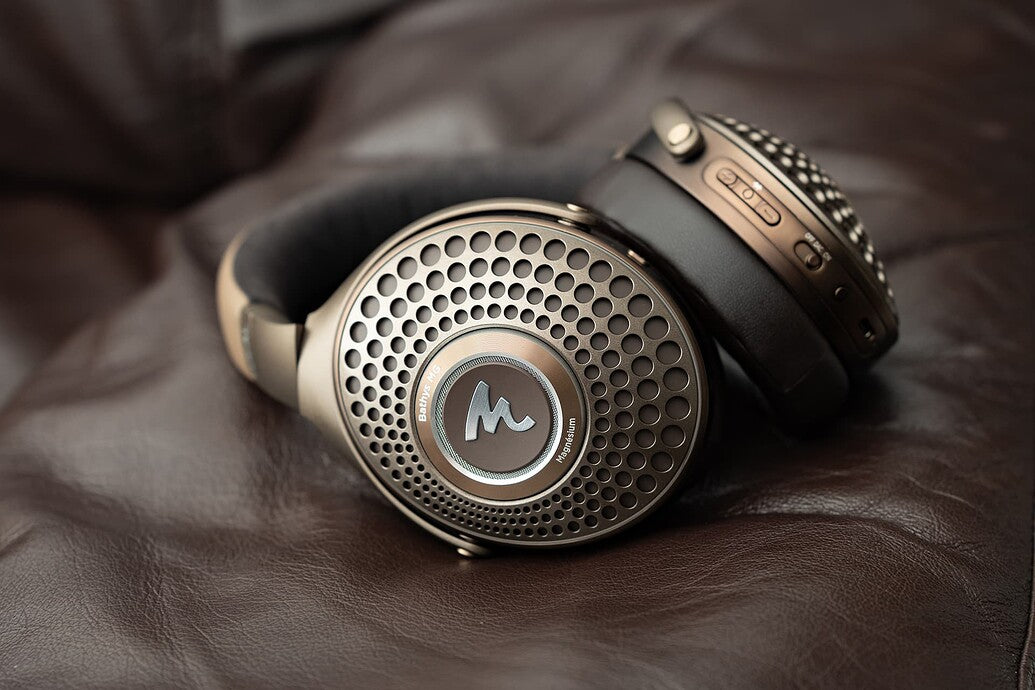
Quality-of-Life Features - ANC and DSP
Quality-of-life features are what I consider the more innovative technologies that companies include for added value. ANC is the most obvious example. While these aren’t quite as important as those fundamental features, they are still a key element in the overall experience of a wireless headphone.
There are dozens of these sorts of features such as wireless charging, Bluetooth multipoint, or waterproof resistance. It’s impossible to list them all. Instead, I’ll focus on the two most primary ones that you’re likely to run across: ANC and DSP.
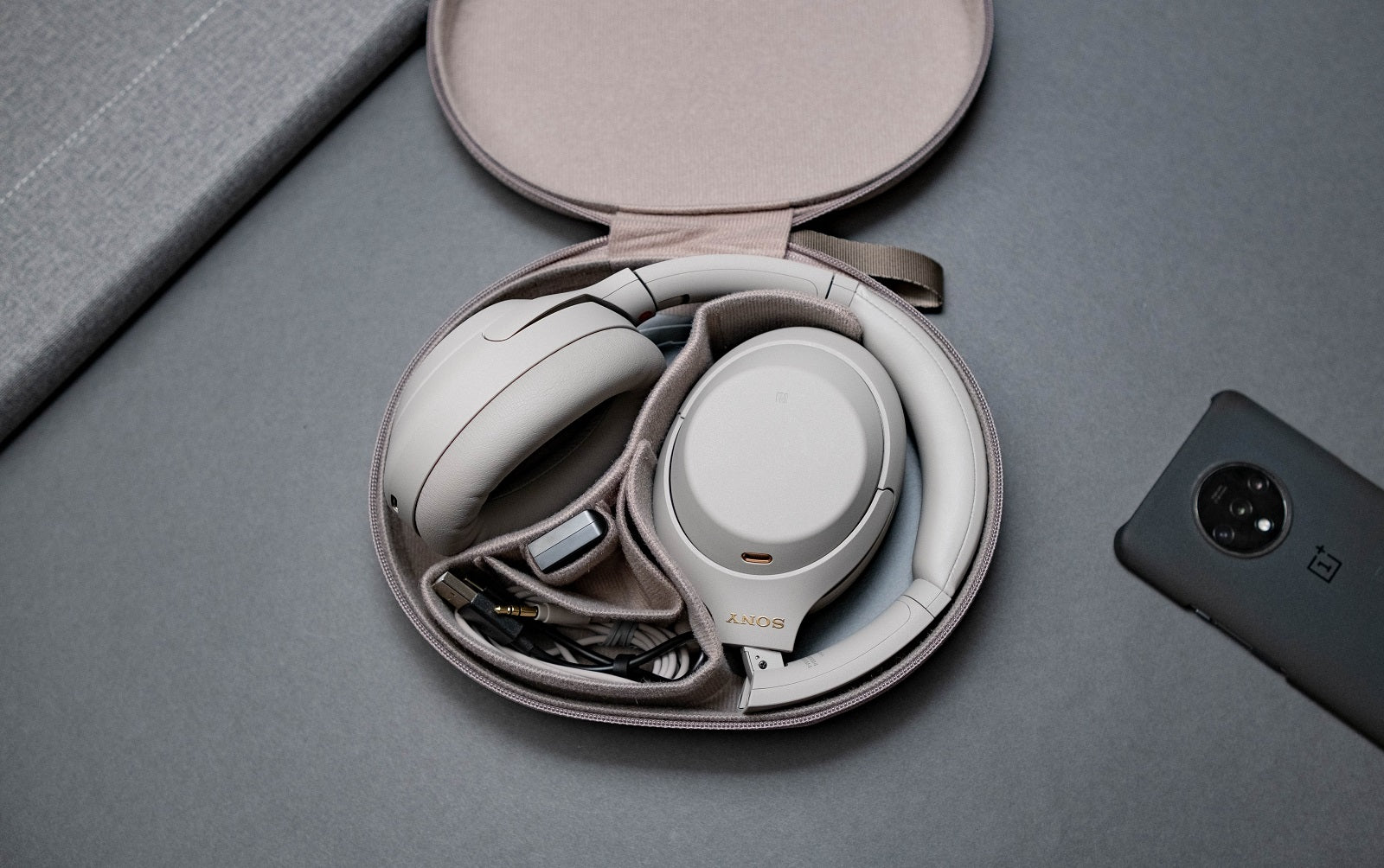
Active Noise Cancellation (ANC)
ANC is one of the biggest marketing points for wireless headphones these days. Admittedly, that’s not without reason. The technology behind it is simply incredible. However, not all ANC is made equal. Some are able to suppress outside noise more effectively than others. For example, Apple and Bose are often considered the market leaders in this space.
I won’t go into the nitty gritty of ANC here as it’s a very complicated topic. But at a high level, ANC tends to do very well in the bass regions, but to struggle with frequencies in the midrange and treble. Likewise, ANC does well against constant background noise like fans but are unable to keep up with transient noises like a sudden clap or a person speaking. Some reviewers include a frequency response graph to demonstrate the effectiveness of the ANC at specific frequency regions.
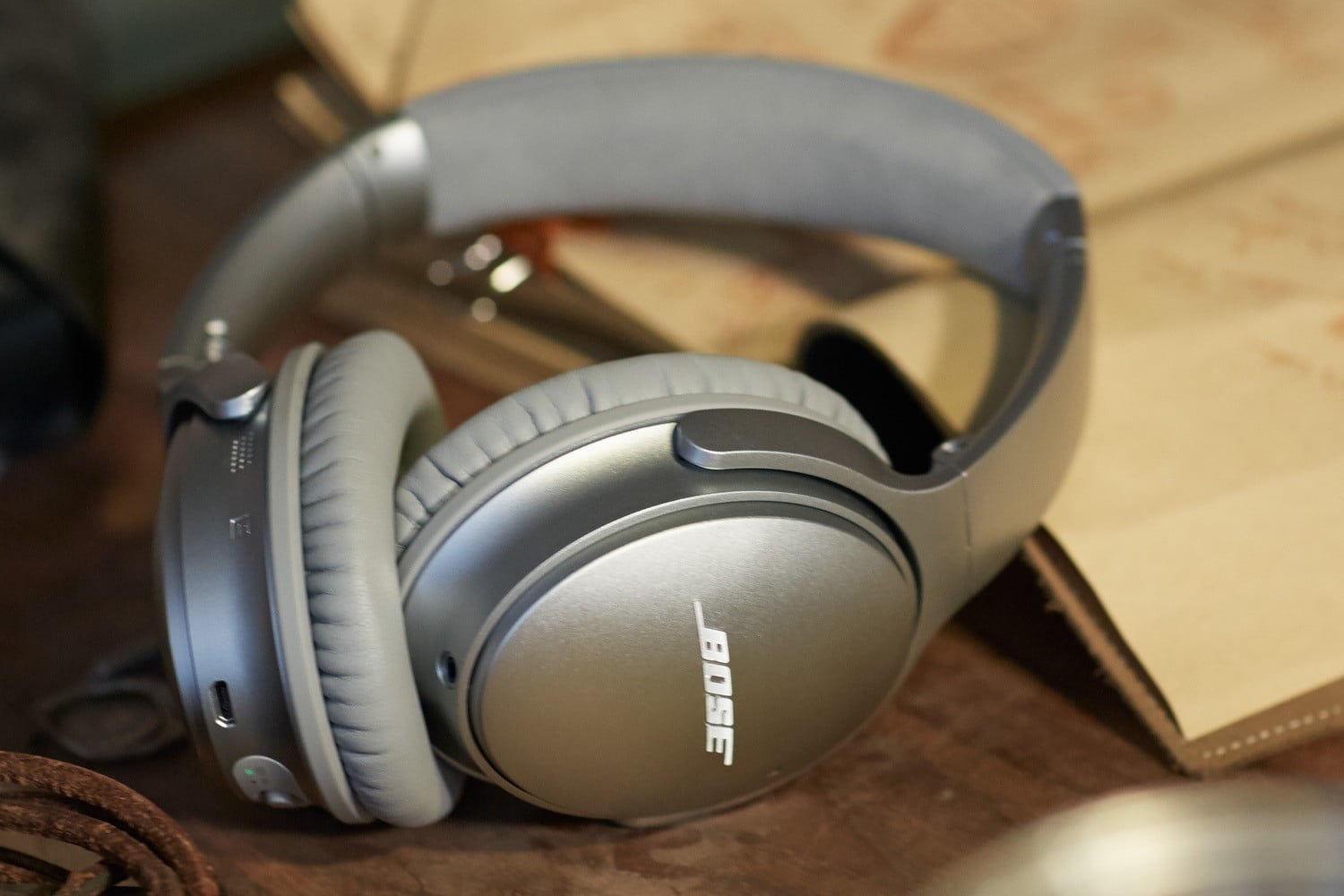
But the most important thing that most people don’t realize is that ANC may change the tonality of your headphones. Yes, that’s right. Tonality comes into play once again. For some wireless products, the tuning of headphones with ANC on and ANC off is different. There’s a few reasons for why this could happen, such as the manufacturer not compensating for side effects of ANC by adjusting the tuning.
Regardless of the reason, be aware that if you’re someone who loves to use ANC, make sure the review you’re reading is discussing the sound with ANC on. And vice versa. Be careful not to buy a headphone because you enjoy it with ANC off, only to hate it with ANC on. Once again, frequency response graphs are your friend. Look for reviews that include graphs to demonstrate if there are any differences in the tuning.
Note: Most of these ideas here also apply to ANC’s cousin, Ambient/Transparency mode.
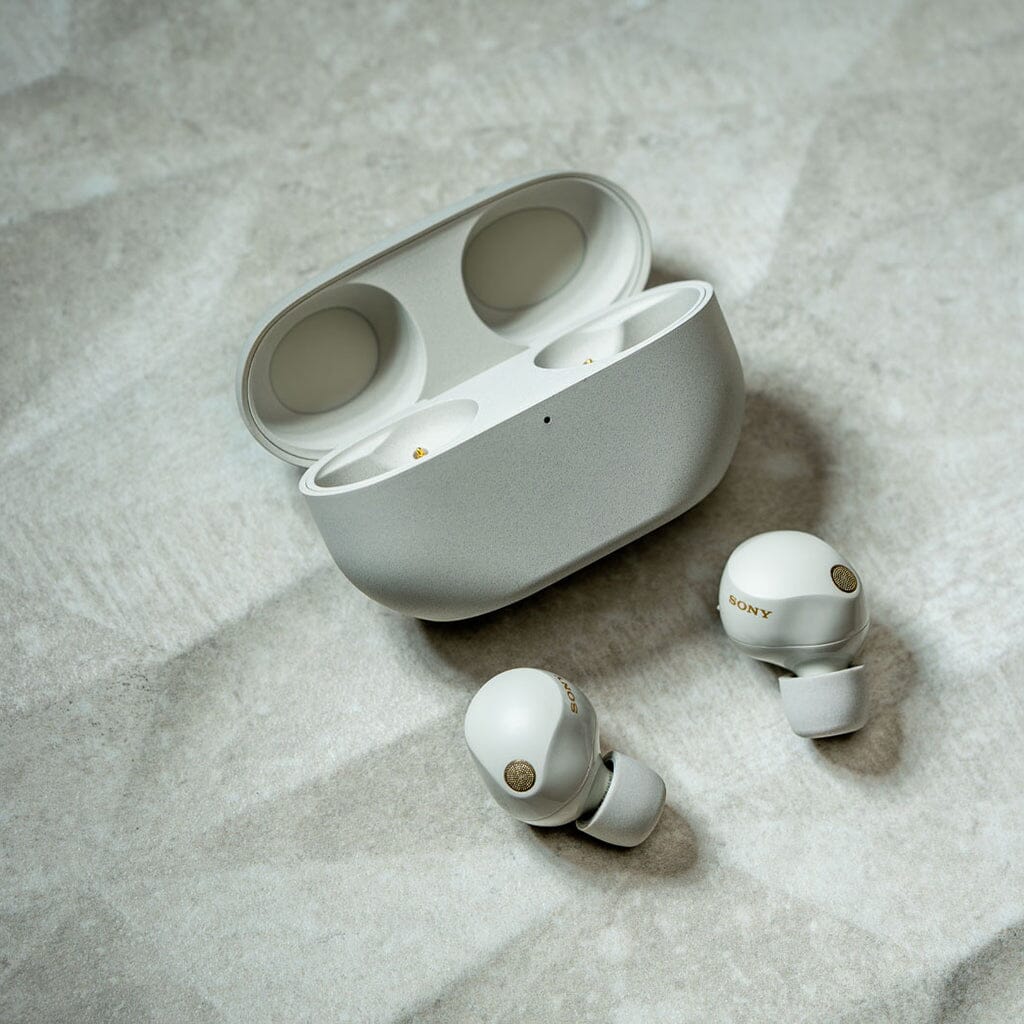
Digital Signal Processing (DSP)
Here’s an uncomfortable truth for any audiophile purists out there: Almost all wireless headphones these days use some form of digital signal processing. Very, very few have a true analogue sound.
In fact, our discussion on ANC above with the changing of tuning is a prime example of DSP in action. Given the complexity of wireless headphones and the limitations of closed back headphone designs, manufacturers have turned to DSP to craft their desired sound. This is not a bad thing - DSP is a tool to get better sound quality when it would otherwise be impossible.
You might be familiar with DSP in another form: EQ. Many companion apps to wireless devices have some sort of EQ setting you can play around with. More often than not, they’ll come in the form of preset EQ profiles created by the manufacturer. Profiles like “Extra Bass” or “Classical” or “Treble”. To be honest, most of the names don’t mean much and you just have to try it if you like it.
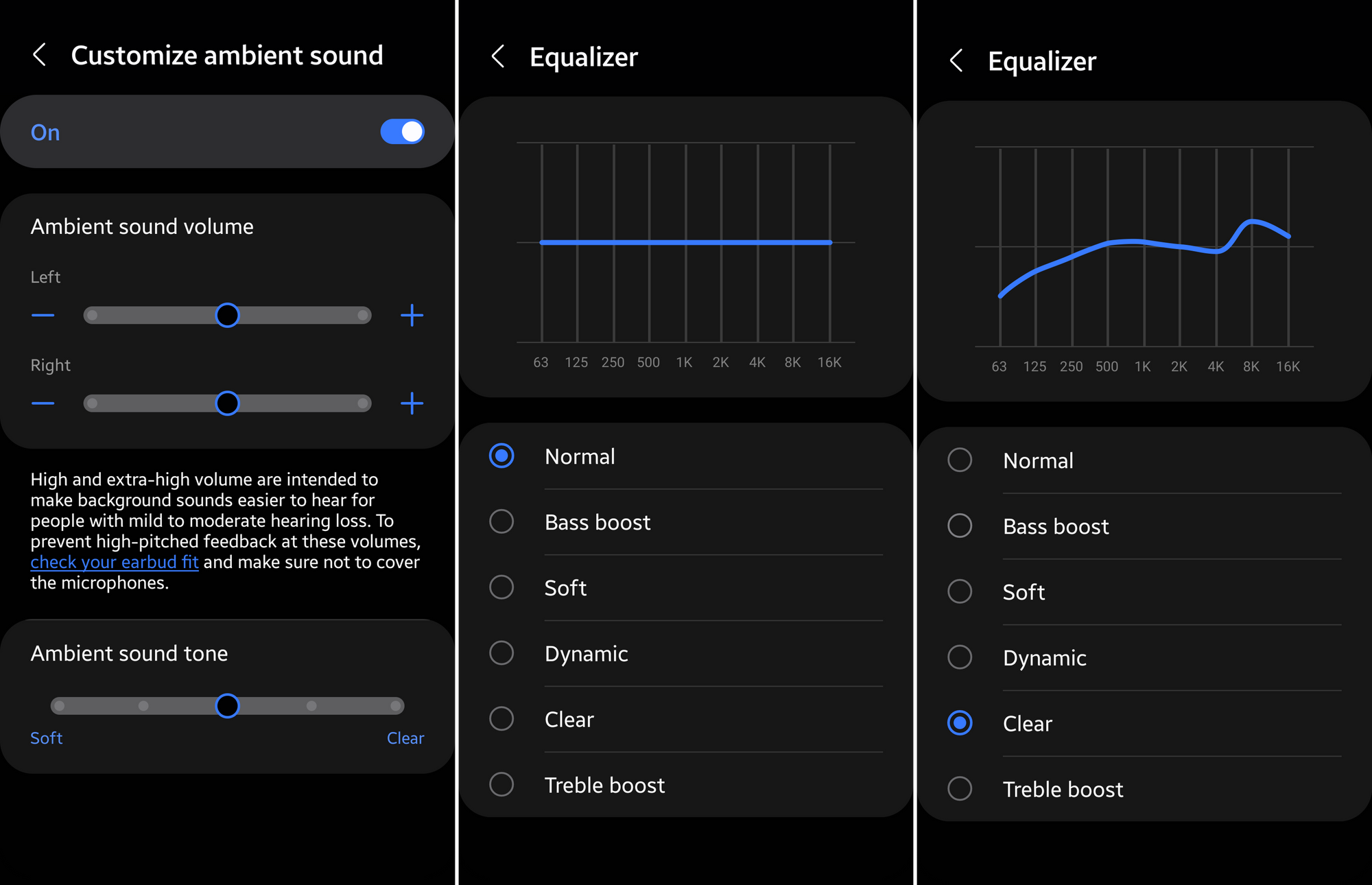
In some products however, they include the ability to create your own custom EQ. Here, there are two types of EQ to understand:
- Graphic EQ: This is most likely the EQ you’ll come across. It’s where you have multiple preset bands and you can adjust sliders to turn it up and down. It works for broad stroke tonal changes, but isn’t very precise.
- Parametric EQ: This is the EQ you want for fine tuning the tonality of your headphone. It allows you to change the frequency, Q (how narrow or wide the effect is), and gain. It’s an extremely powerful tool if you know how to use it. Unfortunately, it’s a very rare feature to find in wireless devices.
But the application of DSP goes beyond that. Here are two other places you might find DSP in:
- Personalized Audio: As wireless products get more advanced, there is a move towards personalized audio where the headphone somehow scans your ear and develops a custom EQ profile for you.
- Internal Sensors: Similar to personalized audio, more advanced wireless headphones are able to adjust in real time its tuning based on how it sits on your head or ears. This is done by the manufacturer to improve sound quality and provide the most consistent experience, at least in theory. For reviewers, this makes it very challenging to provide accurate frequency response measurements of these headphones.
DSP is so important to the functionality of wireless headphones that I would even say that it’s the primary difference in the sound quality of a regular wired headphone and a wireless one. And it will only grow in its use. The bottom line is that you need to understand what your headphone’s tonality is for your listening set-up.
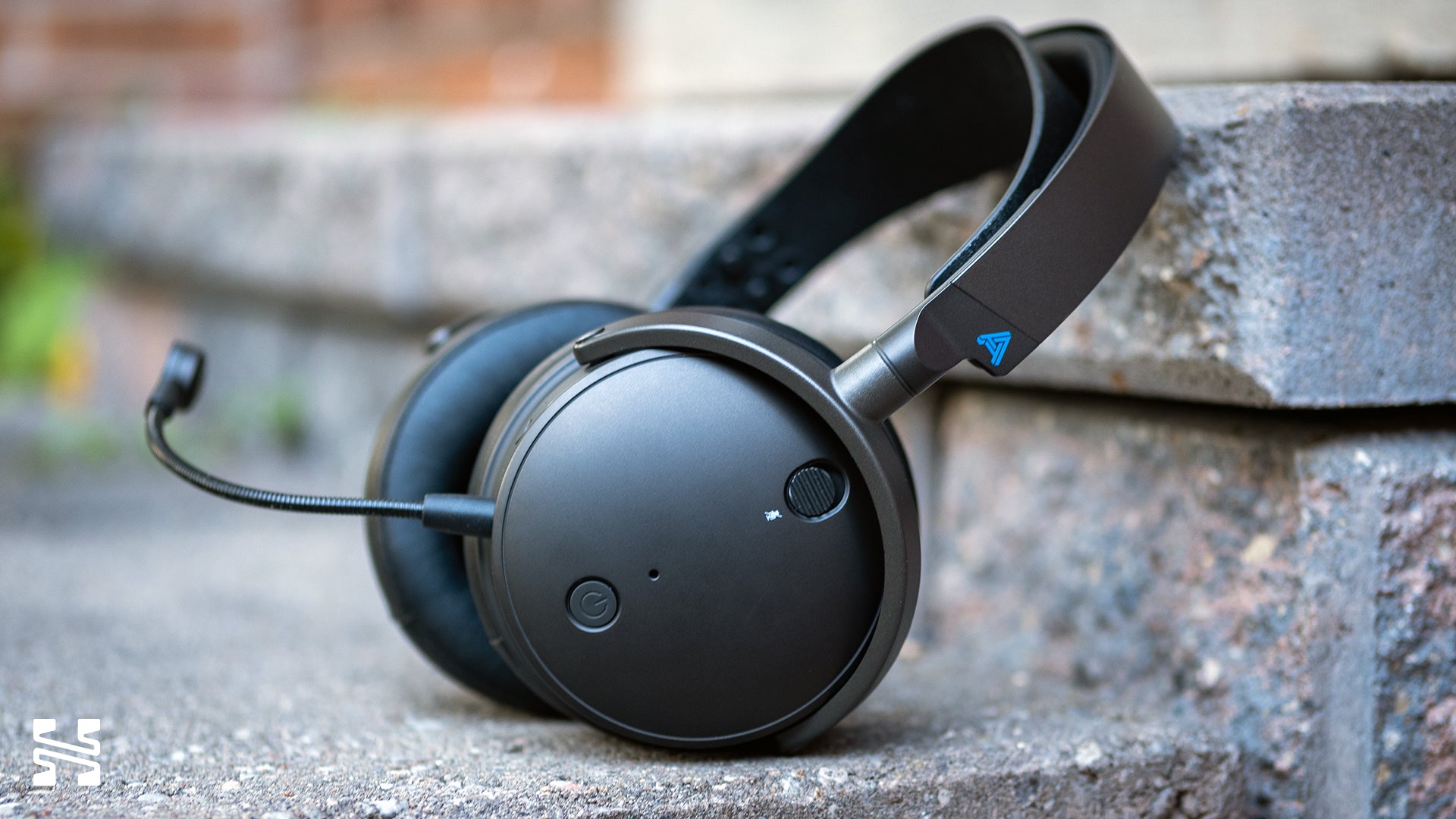
Practical Considerations
Outside of sound, wireless headphones have practical considerations that aren’t as relevant on wired ones. Here are some of the major ones to keep in mind to avoid early e-waste:
- Build and Comfort: The portable design of wireless headphones is necessarily different from traditional headphones meant to be used at a desk. This means certain compromises to the build quality and comfort, such as earpad size and headband support. If you have a larger head, pay close attention to the size adjustments available.
- Longevity: While nothing lasts forever, the complexity of wireless headphones means they’re more prone to failure over time. Even if it doesn’t fail, one day the battery will no longer hold a charge.
- Wired Audio: This refers to the ability to use your headphones via a 3.5 mm or USB cable in case you run out of battery.
- Firmware Updates: As tech gadgets, wireless headphones often receive firmware updates over time. While most aim to improve functionality, unfortunately some of these updates may have negative effects such as a change in tonality.
- Microphone Quality: Unlike traditional headphones, every wireless headphone has microphones built into it. The recording quality ranges from truly awful to passable. How much this matters will depend on how much you find yourself making calls.

-
Bluetooth Codec Support: Not only are there different versions of Bluetooth (4.0, 5.0, 5.3, etc.), the codec support is important. SBC, AAC, AptX, and LDAC are common ones that you’ll find. Bluetooth codecs are a surprisingly complex topic and beyond the scope for this article, but to put it simply, you’ll want to ensure that you’re using the codec that provides the best sound quality.
As a general rule of thumb - for the best sound quality use AAC if you have an Apple product, or LDAC if your device supports it. Otherwise, SSC for Samsung and AptX variants for Qualcomm. SBC can be good, but it's more for compatibility purposes.
- Compatibility: Speaking of compatibility, it’s more than just phone to wireless headphone. Pay attention to how it may connect with your laptop or desktop. Apple products may not play nicely with non-Apple devices and vice versa.
- Repairability: While most wireless products don’t score well on repairability, it’s something to keep in mind if it’s an important aspect to you.
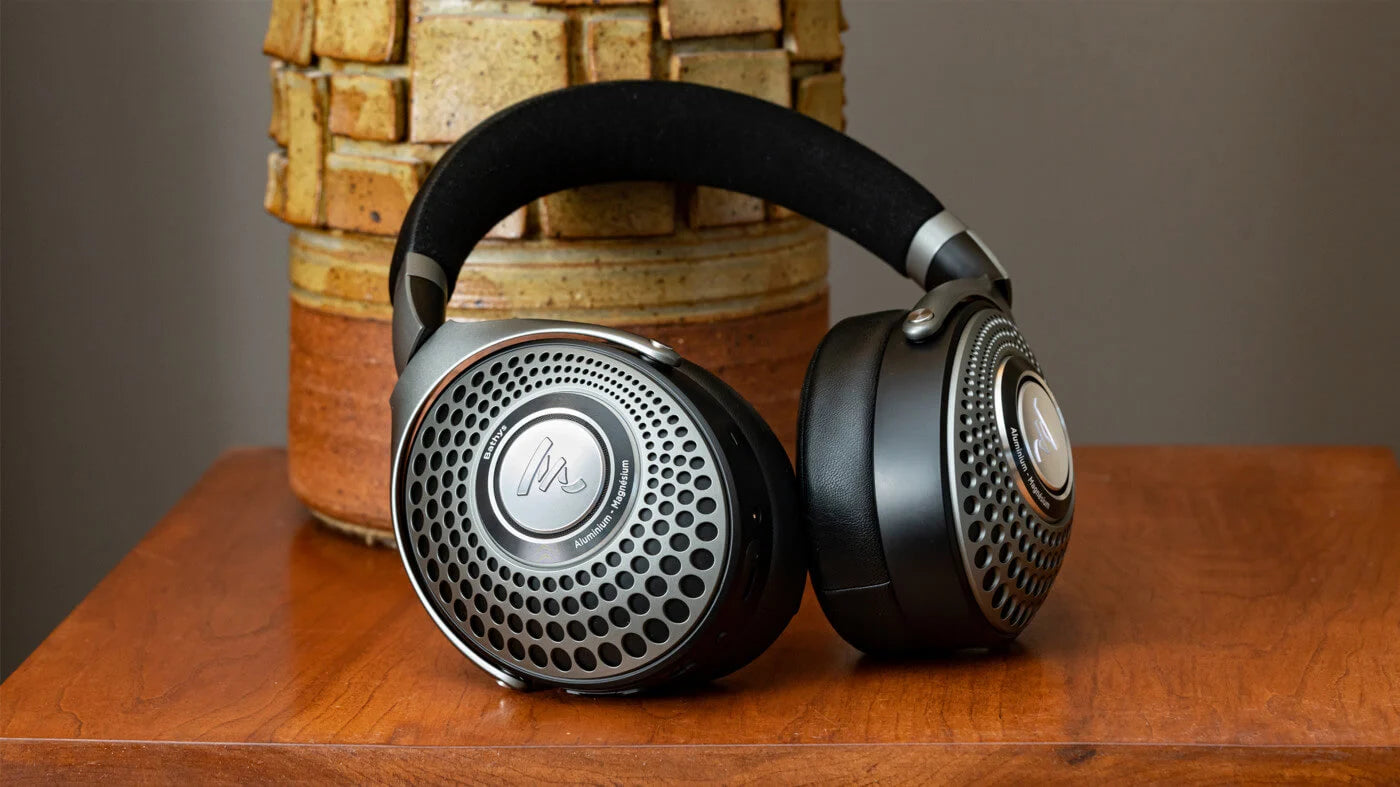
Conclusion
As you can see, there’s an immense number of elements to pay attention to in a wireless headphone. Thankfully, most of these features are relatively simple evaluations - Yes/No for if a feature is supported, or validation of a marketing claim e.g. battery life. And the good news is that as wireless headphones become a bigger and bigger market segment, many reputable audio and tech companies have ironed out many of the critical features in wireless systems so we can re-focus on sound quality and tonality.
Realistically, you’re unlikely to find the perfect combination of wireless tech and sound quality right out of the box. There will always be some level of compromise. But hopefully this buyer's guide will give you a framework to both interpret reviews more effectively and make more informed purchase decisions for wireless headphones.
